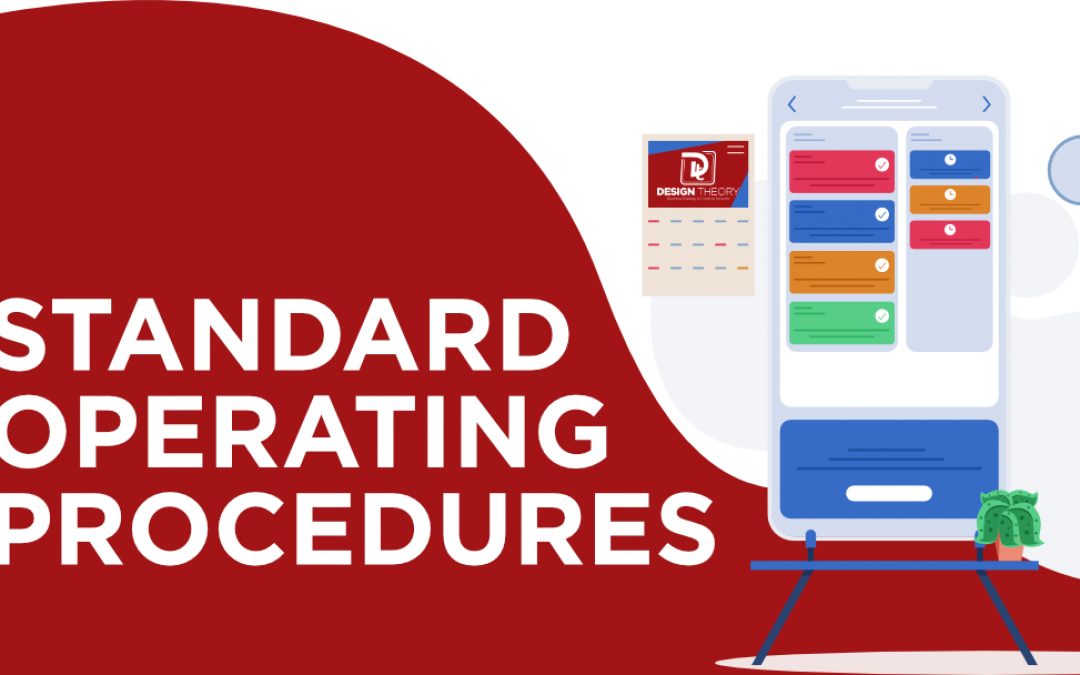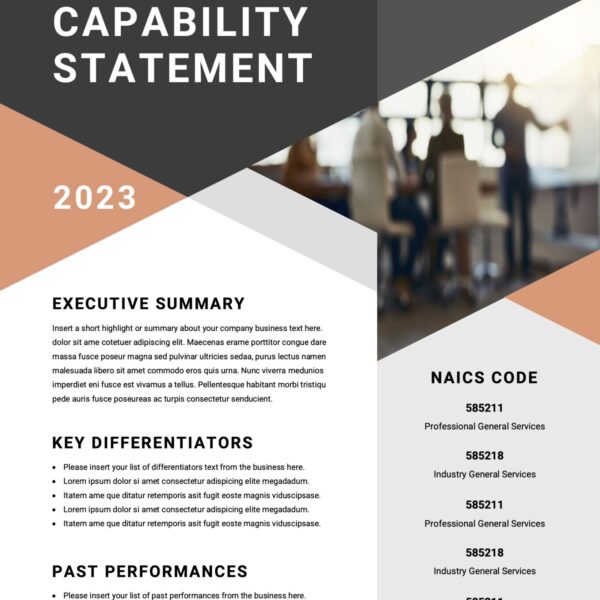
All Posts, Marketing, Web Design
You’ve built a solid website. It looks sharp. The content is great. But there’s one problem—your traffic isn’t growing. Here’s the thing, getting traffic isn’t just about publishing content and crossing your fingers. It’s about knowing what’s working, what’s not, and...

All Posts, Business Strategy
Let’s talk about a game changer that too many business owners overlook; Standard Operating Procedures, or more commonly called SOPs. If you’re rolling your eyes right now, thinking, Ah well that’s just corporate red tape,” hear me out. A well-crafted SOP isn’t about...

All Posts, Illustrator, Photography, Videography
If you are a small business owner or content creator looking to enhance your photography and videography, investing in the right camera is essential. Whether you are capturing promotional content, product photography, social media videos, or vlogs, the ideal...

All Posts, How to, WordPress
Time is a precious resource for every business professional. What if your website could manage content publishing for you while you focus on running your business? With WordPress, scheduling posts and pages is a powerful feature you can easily leverage to streamline...

All Posts, Web Design, Web Development, WordPress
Most new business professionals and entrepreneurs are bootstrapping when they’re starting their new venture. Hiring a staff or agency isn’t always financially possible, and so they’ll try and learn and do as much as they can to get their business to...









